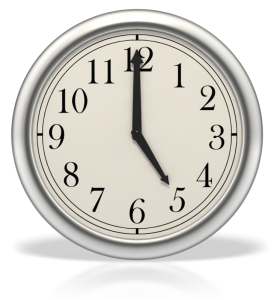It amazes me how long most patient’s report that they have been putting up with their shoulder pain while at the same time resting, avoiding usual activities, becoming less confident in their capacity and increasingly fearful about what arm use and movement might mean for them.
I commonly hear from concerned patients that – “I’m afraid of doing further damage.”
Yet most painful and weak shoulders, are just that.
De-conditioned, neglected, weak…but still expected to perform at a high level, overhead, in the gym and at work. Increasingly, I find a growing gap between the activity demands being placed upon shoulders and actual shoulder capacity. Maintaining the integrity of your shoulder is paramount.
Rest is probably the worst single piece of advice given to patients with a painful and weak shoulder. Relative rest is the best advice initially.
More importantly, you can confidently continue to move, safe in the knowledge that your pain doesn’t always equal structural damage. We’ve know this for at least 20 to 25 years now since the work of Pekka Kannus and Lászlo Józsa but the message isn’t getting through.
For example, imaging (US & MRI) cannot tell us reliably where the pain is coming from because good evidence exists to suggest that partial thickness rotator cuff tears, AC joint arthritis, posterior labral tears and bursal thickening exist in asymptomatic healthy subjects as well.
Loaded movements are essential for healthy tissues and still required to some degree even in the presence of pathology and pain. But most people have stopped moving or done there very best to avoid movement of the painful arm altogether. This is a potential recipe for disaster.
An acute overloading event/injury especially on top of a chronically under loaded (de-conditioned) shoulder may produce a local tissue (protective) loading response, danger messages are sent via the spinal chord to the brain informing it of potential or actual tissue damage and if a ‘threat is perceived’ then pain may result as a protective output.
This protective response to potential or actual tissue damage or ‘perceived threat’ is powerful and very effective in changing your movement behaviour.
This is where I can help you to better understand why your shoulder hurts, how best to continue to move and load it and how best to rebuild strength, capacity and confidence in your ability to move.








